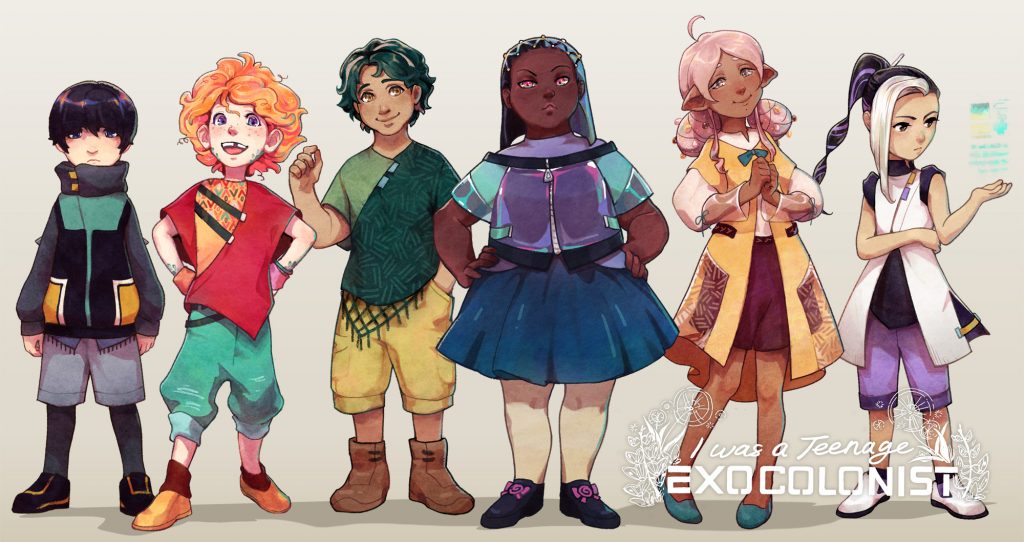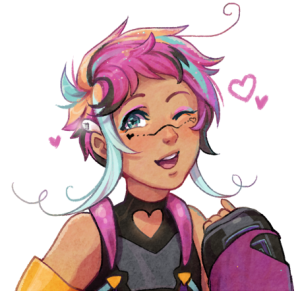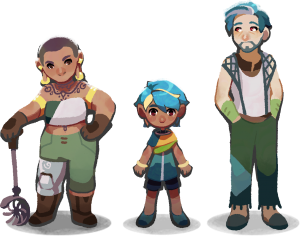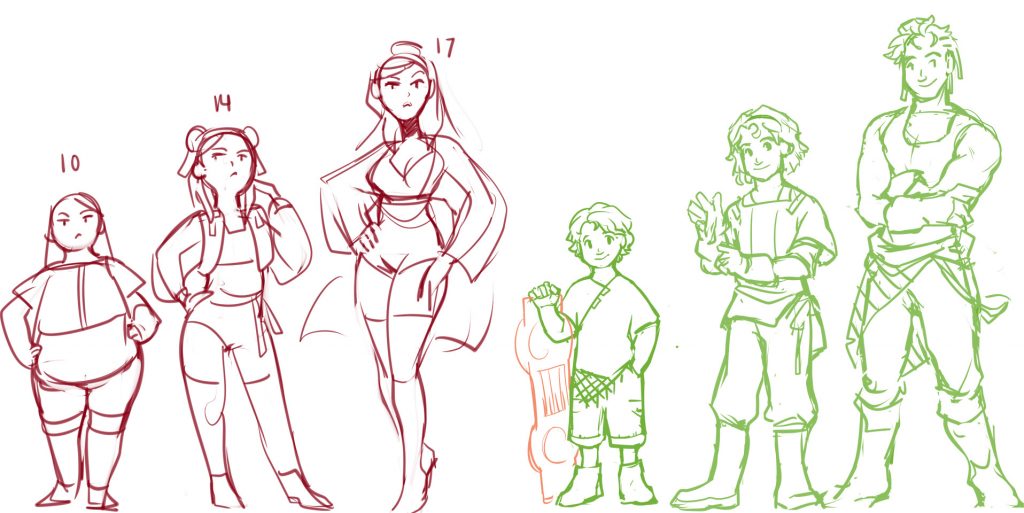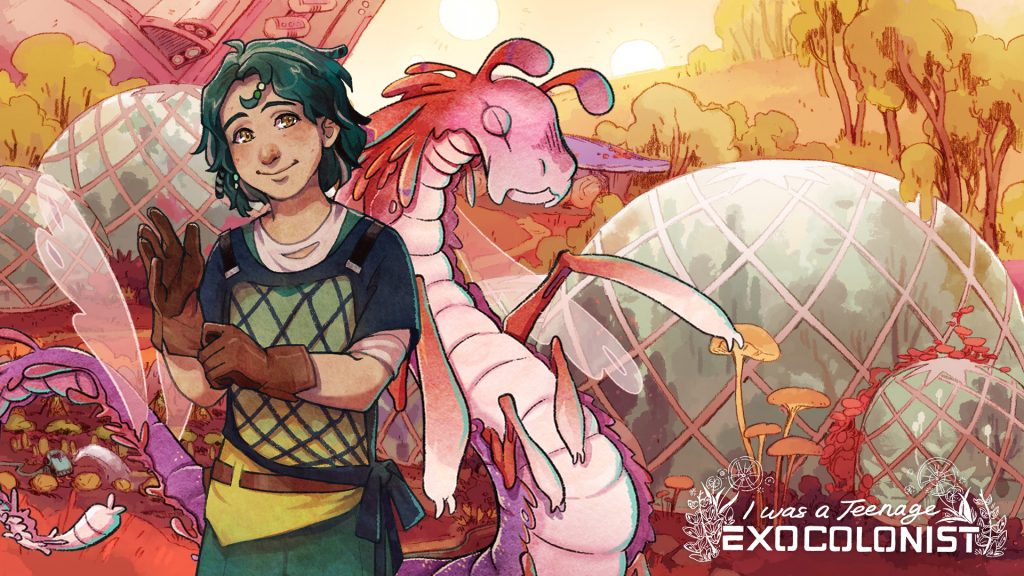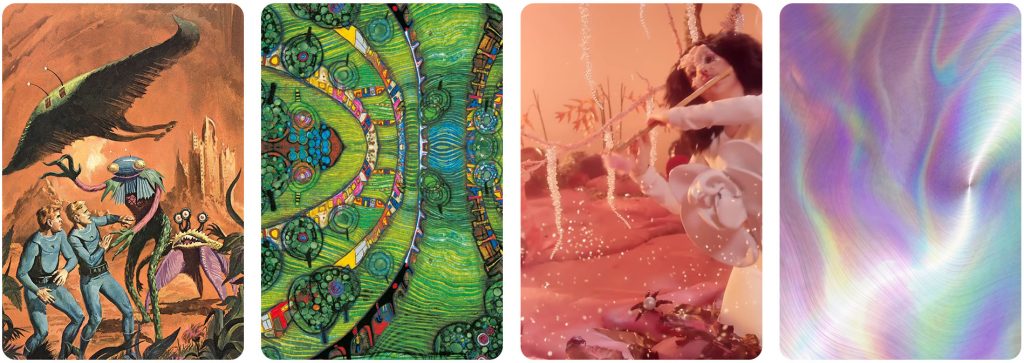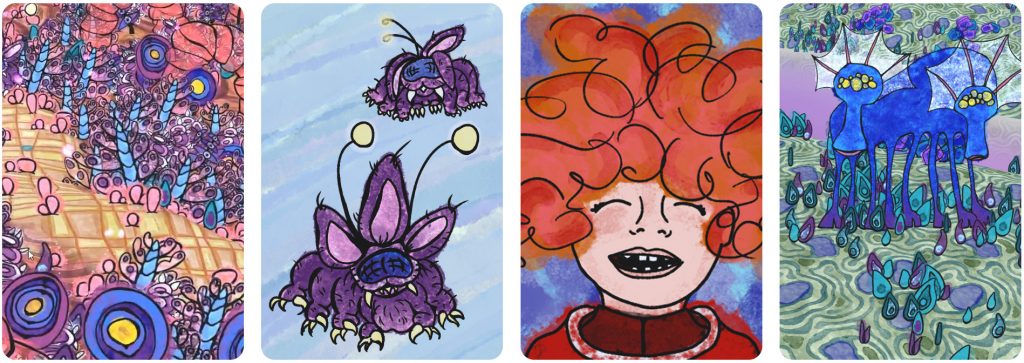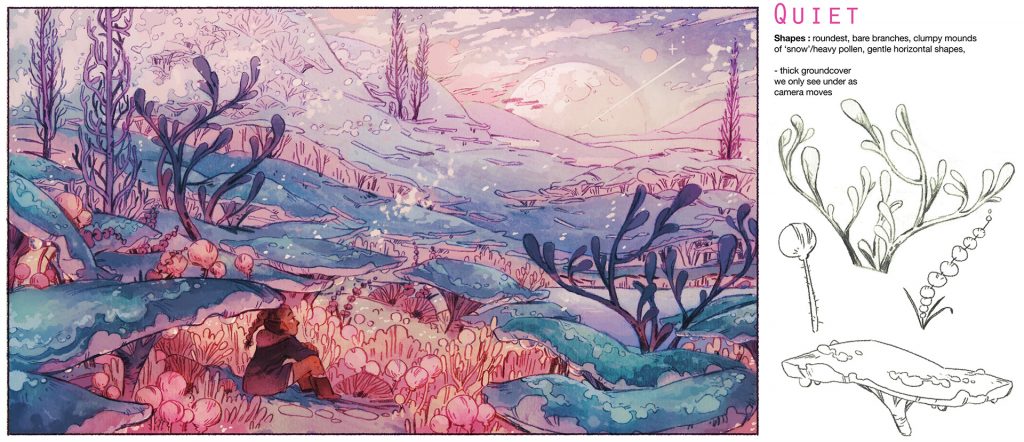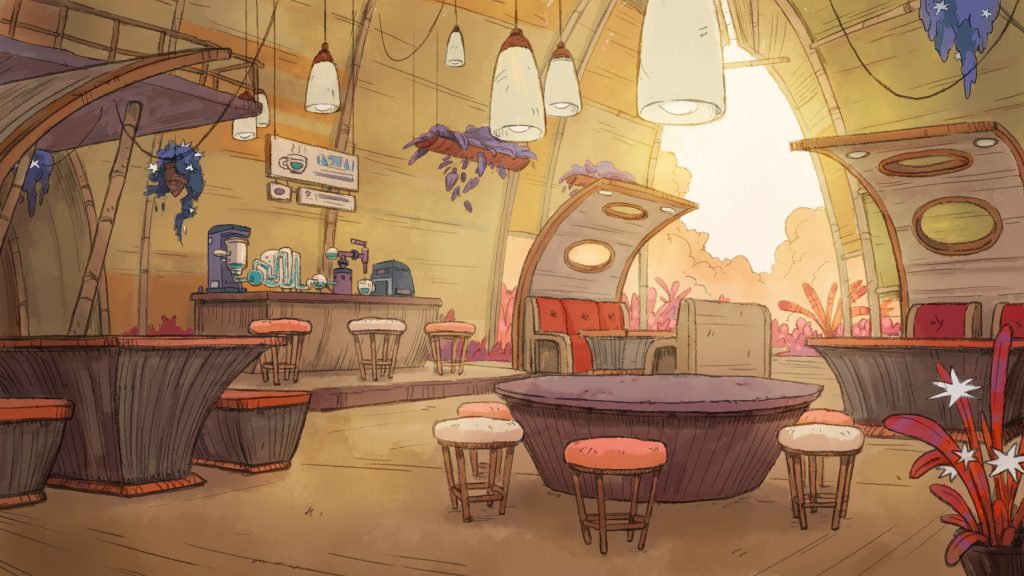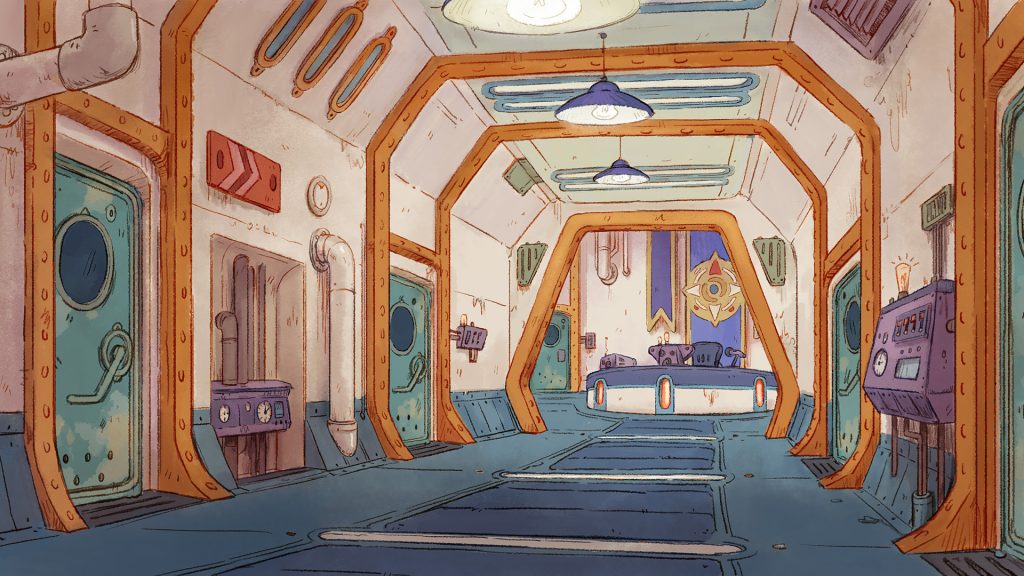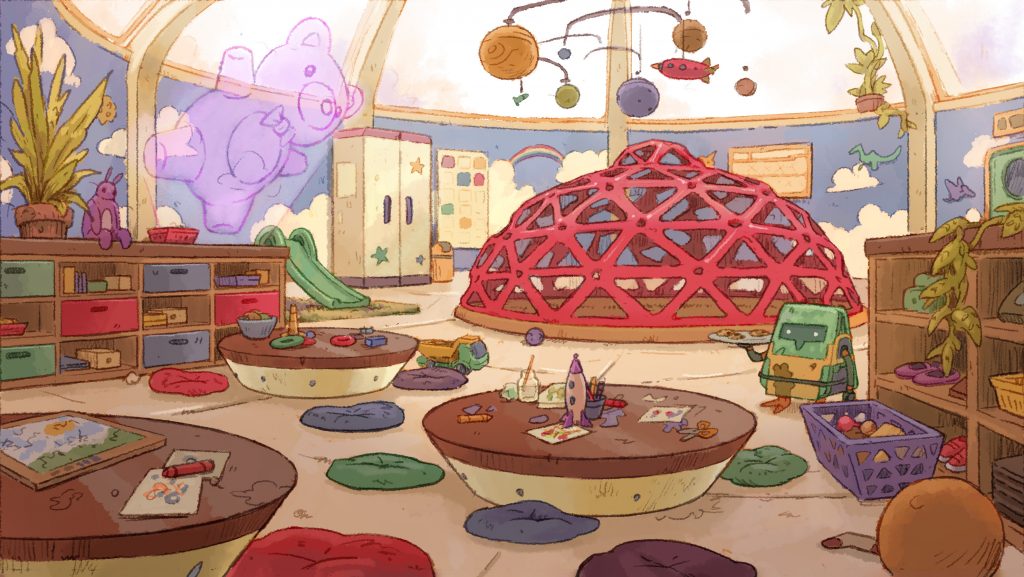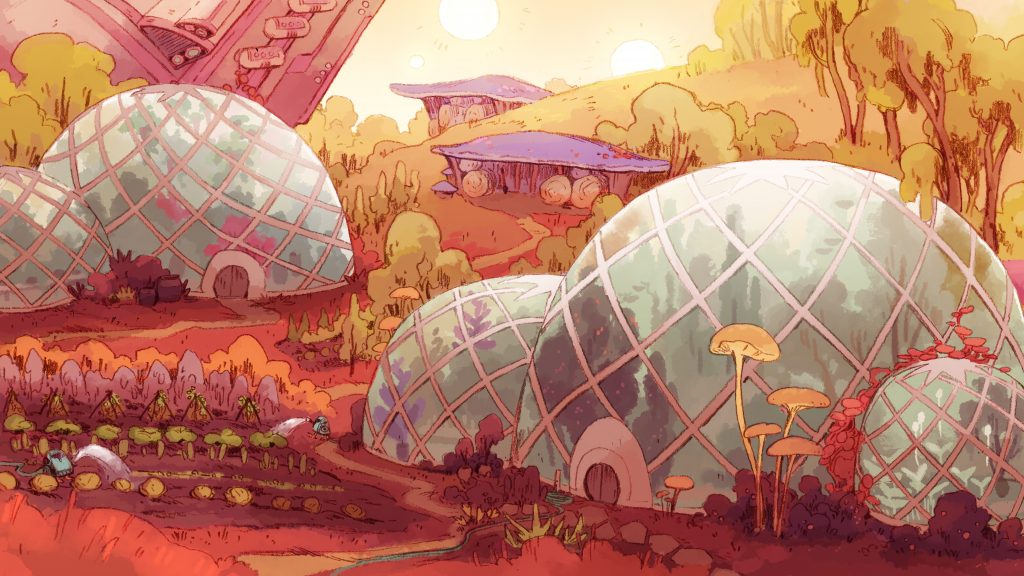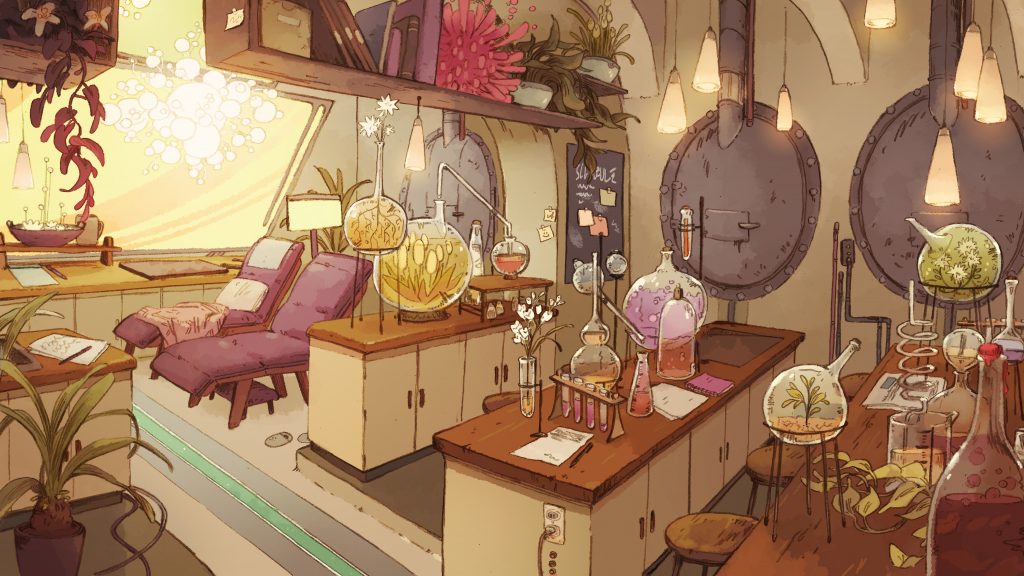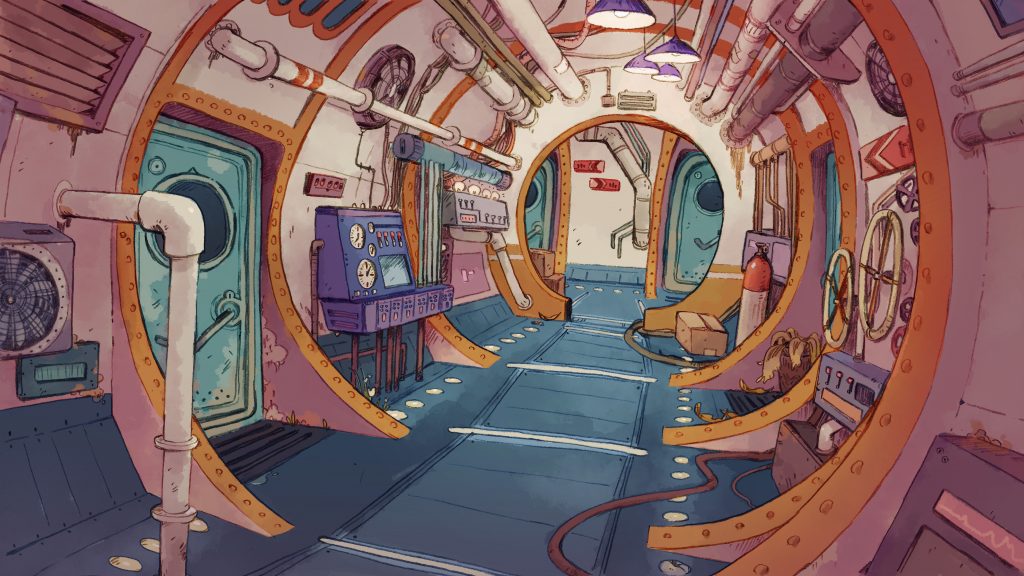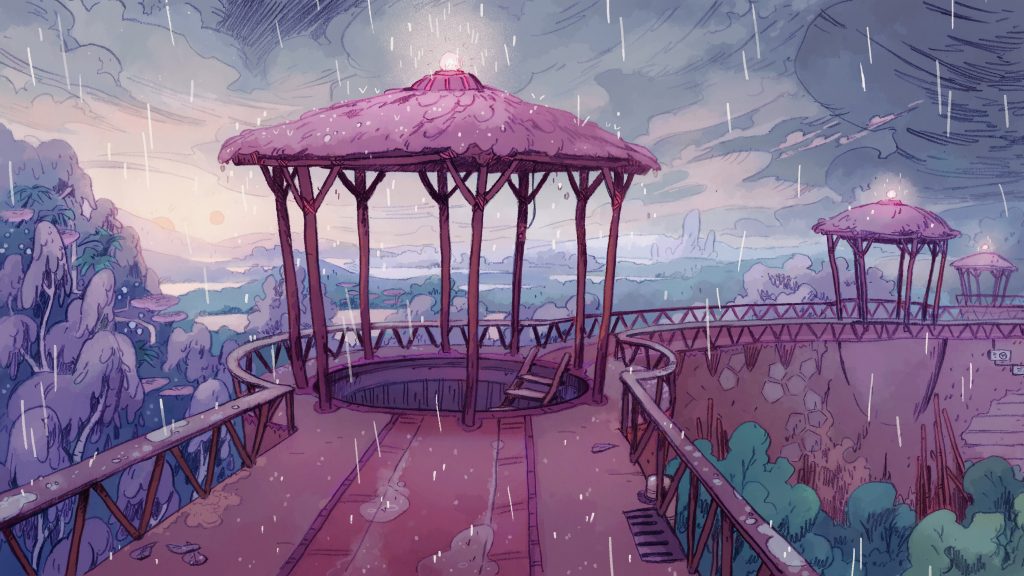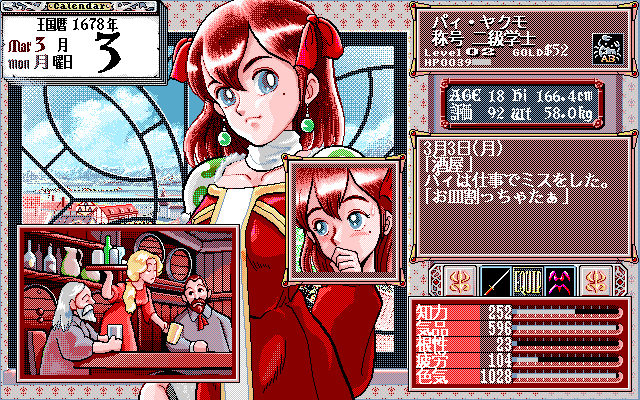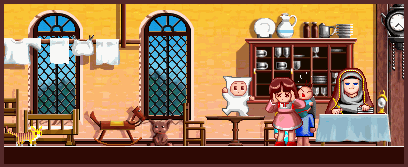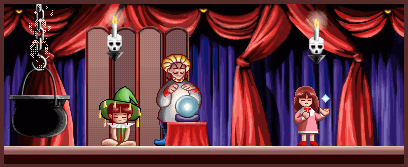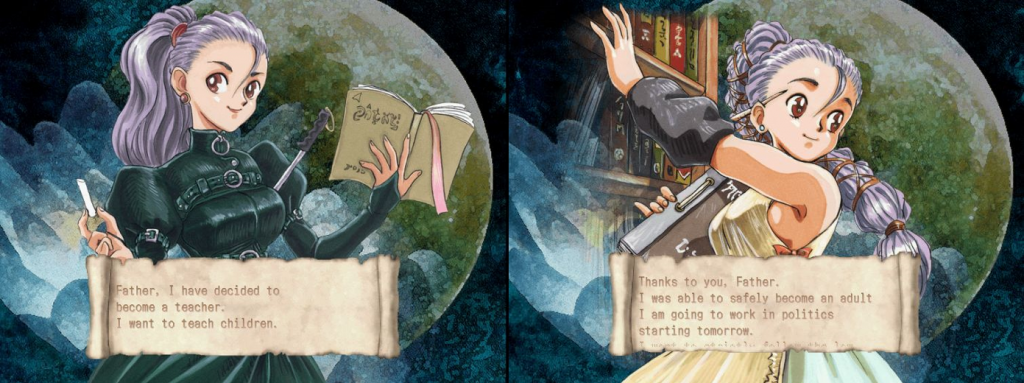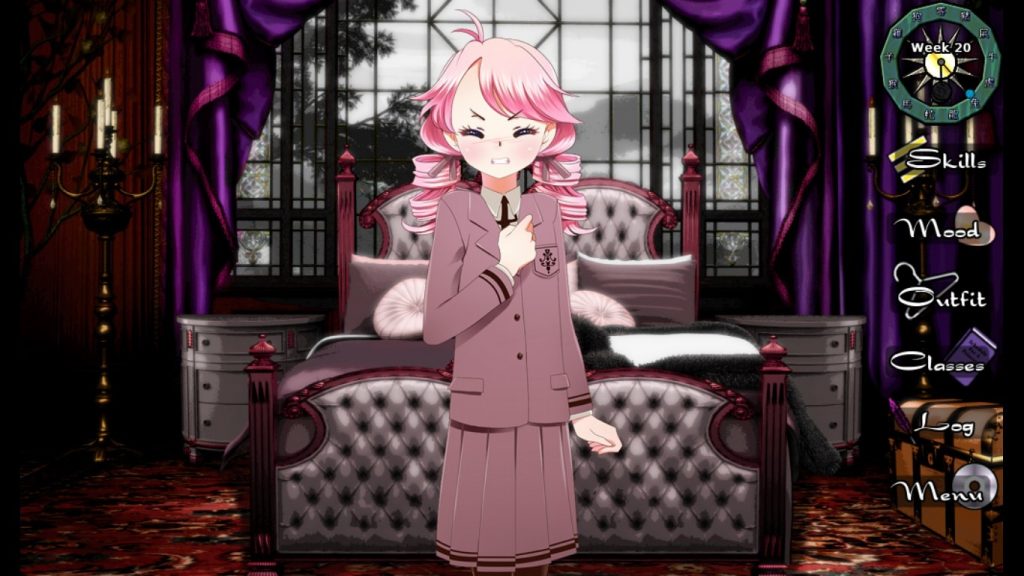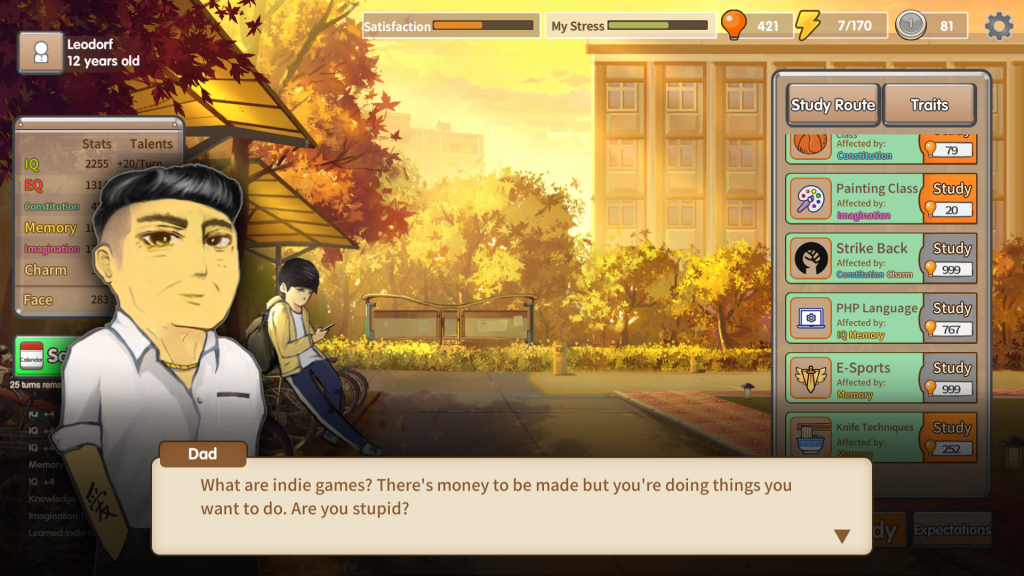Sarah Northway: When I started Exocolonist, I had only a vague idea what I wanted its characters to look like. I knew the setting: a small colony ship leaves earth in the late 21st century, spends 20 years in space, then lands on an uninhabited alien planet.
I grew up with Star Trek, but I didn’t want a Utopian society with all its problems solved, or the Enterprise with its clean uniforms and military discipline. I wanted pioneers, free thinkers, explorers, refugees, taken from all over the world with different cultures and ideas. What they have in common is their desire to get the hell away from Earth’s problems and start over.
And their children: born in space, augmented with stolen genetech, sheltered from the strict society of Earth and outfitted by textile replicators (probably also stolen). What would they look like? How would they dress?

I started with color scheme. Every location has a color (Geoponics = green, Command = blue, Garrison = red, etc), and every character is associated with a location. Cal’s in green because he wants to be a farmer. Marz in blue because she wants to run things. Soldiers wear uniforms (red) and explorers have environmental suits with strips of safety orange.

Still Sarah Northway: In a colony of 100 open-minded people from different backgrounds, there’d be less pressure to fit in. So I thought about how I’d have dressed as a teen if I could have done anything. It was… a lot. My design doc listed everything from face tattoos and AR glasses to colorful dreadlocks and beads. It touched on cyberpunk, burning man, scene kids and hippie culture. And I imagined a mix of newly printed nylon and plastics, plus worn and patched old fabric (the textile replicators are slow and break down).
Then I threw everything out the window because I couldn’t draw characters worth a damn and this was never going to work if I did the art myself.
Enter Mei…
Meilee Chao: I was so stunned to be approached by Sarah about Exocolonist that it took several conversations to realize that I was being invited as the character artist and not just the character designer. I really couldn’t believe my luck that I could be designing characters for my favorite genre of games, new as I was to the game development scene.
The game concept sounded right up my alley as a player, but in spite of my excitement and desire to draw kissable characters I had initial concerns about the world and my ability to vibe with the prompt. The genre of sci-fi is something as unexplored to me as the planet of Vertumna is for the colony. A little cyberpunk here and there is about as far as I dabbled in that particular direction before I start wandering back towards the comforts of modern fantasy and JRPG impracticality.

However, after going through the wonderfully-colorful design documents and moodboards, I was quickly finding that the initial concepts for the Exo characters were different than the deep space, mechanical concept art I’m frequently intimidated by on ArtStation. After pouring over the documents and collections and taking my own notes, I started my own moodboard that could bridge the gap between what I responded to and the beautiful mass of ideas I was given.
Before long, the Pinterst I pulled together could be described as a holosexual, leather-queer’s dream with a splash of disgruntled visual kei. The avant garde nature of the images formed its own futuristic nature while it overlapped just enough with my comfort zone that I could see a cast taking shape in my mind’s eye. I was down for it.

A few tentative concepts later, styles and conventions started coming together quickly. With each set of concepts, the colony’s society began to focus into something unique and still functional for the setting. Blessedly, Sarah responded so well to the quirkiness of the concepts and encouraged me to go even weirder if it suited me.
I feel my inexperience with classic and contemporary sci-fi, in the end, was more of an asset to the process than a handicap. The spectrum of prompts provided were a great road map for the game, and allowed myself and my experiences to draw more inspiration from other genres and my personal favorite design features. It allowed me to delve deeper into the Exocolonist lore without ideas from other pop series with me. Additionally, using my talented and tasteful friends as a target audience helped validate the designs of the dateables by using aesthetics that appealed to them. It’s one thing if I want to date them, but I’d love for the cast to be appealing to all sorts of tastes.
I think the best part of this whole experience is creating a cast that the dev finds both lovable and hot. Nothing is more rewarding than that. I love these characters to bits, and I hope they get many smooches from future players of Exocolonist!


